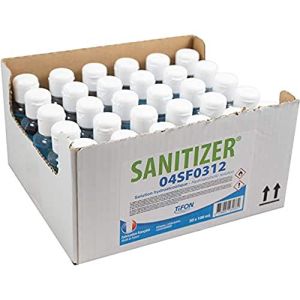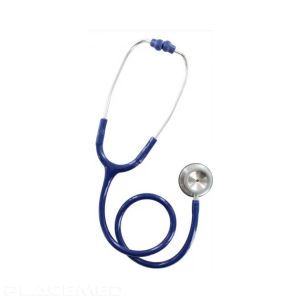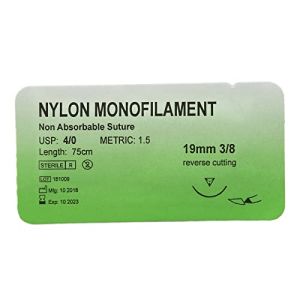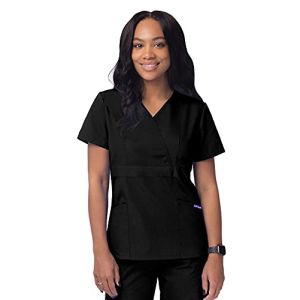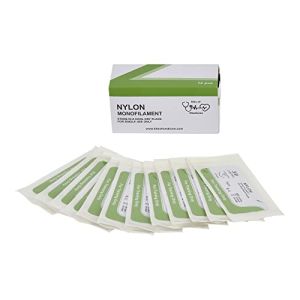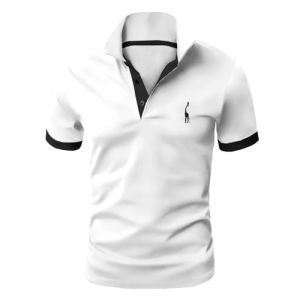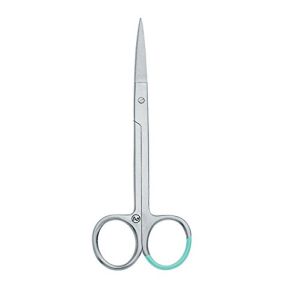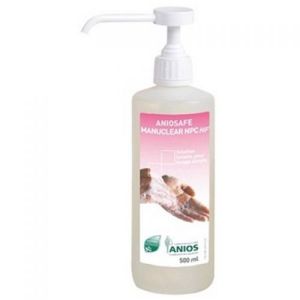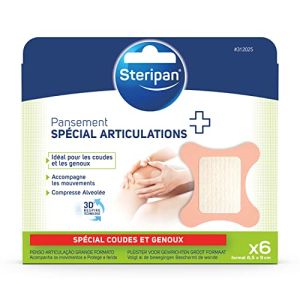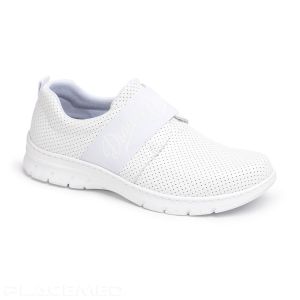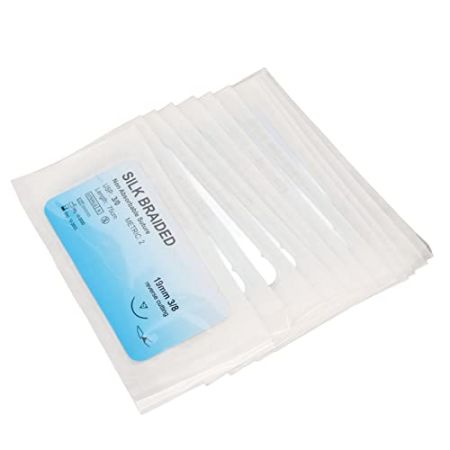
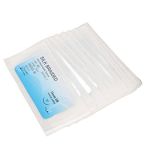
12 Pieces of Silk Suture Thread for Medical Practice
Silk suture thread ideal for practical training in medicine.
- Improve skills
- Durable silk thread
- Wide application
- Portable size
- 12 bags included
Estimated shipping time: 3 business days
A trusted intermediary
Certified professionals
Secure transactions
Certified professionals
Secure transactions
9.99€ Excl Tax
11.99€ Incl Tax
Estimated delivery on 23/12/2025
Out Of Stock
Sold by
Amazon
Customer reviews
Read reviews
Specifications
| SKU | B0BXDSDBJ5 |
|---|---|
| EAN |
ND
|
Description
Description - 12 Pieces of Silk Suture Thread for Medical Practice
The package includes: A total of 12 bags of suture thread, individually packaged to ensure cleanliness and hygiene. Each bag contains a training suture thread with a curved needle, suitable for those looking to improve their wound suturing skills. The suture threads are made from silk, safe and durable, allowing for easy use. This set is perfect for veterinarians, hospitals, and clinics to master wound closure. It is important to note that the suture thread is not sterile and should not be used on living humans or animals. The training suture thread is lightweight and small-sized, making it easy to carry for multifunctional use.
Reviews (0)
 Francais
Francais 

